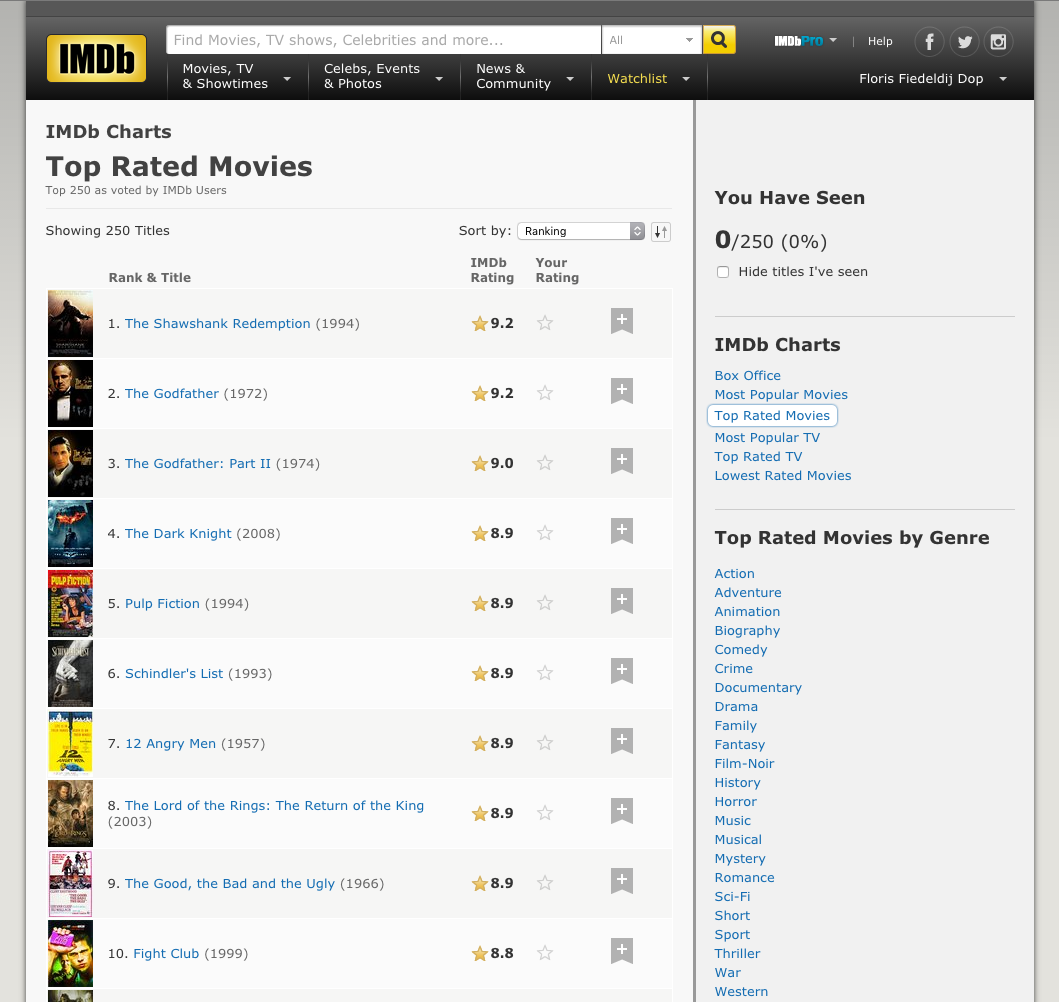Question 1 (100 points)¶
| Wonder Woman | Captain Marvel |
|---|---|
 |
 |
Women are involved in the film industry in all roles, including as film directors, actresses, cinematographers, film producers, film critics, and other film industry professions, though women have been underrepresented in all these positions. Studies found that women have always had a presence in film acting, but have consistently been underrepresented, and on average significantly less well paid.
In 2015, Forbes reported that "...just 21 of the 100 top-grossing films of 2014 featured a female lead or co-lead, while only 28.1% of characters in 100 top-grossing films were female... This means it’s much rarer for women to get the sort of blockbuster role which would warrant the massive backend deals many male counterparts demand (Tom Cruise in Mission: Impossible or Robert Downey Jr. in Iron Man, for example)".
Also, Forbes' analysis of US acting salaries in 2013 determined that the "...men on Forbes’ list of top-paid actors for that year made 2½ times as much money as the top-paid actresses. That means that Hollywood's best-compensated actresses made just 40 cents for every dollar that the best-compensated men made.
We will look to examine whether and how women representation is lacking in the film industry. To do this, we will adopt The Bechdel test as a measure of the representation of women in the film industry. The test is named after the American cartoonist Alison Bechdel in whose 1985 comic strip Dykes to Watch Out For the test first appeared.
- A movie is said to meet the Bechdel test following three criteria: (1) it has to have at least two women in it, who (2) who talk to each other, about (3) something besides a man.
We will get the data ourselves to perform the analysis. Specifically, we will retrieve the movie metadata from IMDB (Internet Movie Database), an online database of information related to films, television programs, home videos, video games, and streaming content online – including cast, production crew and personal biographies, plot summaries, trivia, ratings, and fan and critical reviews. As of January 2021, IMDb has approximately 6.5 million titles (including episodes) and 10.4 million personalities in its database, as well as 83 million registered users.
The IMDb Top 250 is a list of the top rated 250 films, based on ratings by the registered users of the website using the methods described. We will focus on these famous movies in this analysis:
